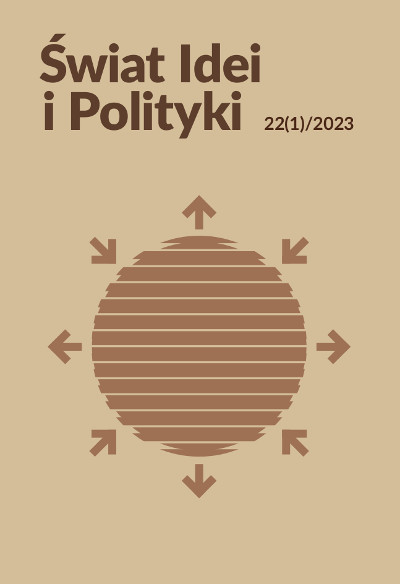Women in Afghanistan. Challenges and problems of Afghan women as a consequence of the first Taliban rule
DOI:
https://doi.org/10.34767/SIIP.2023.01.07Keywords:
Afghanistan, Taliban, Afghan women, women’s rights, terrorism, fundamentalismAbstract
In the 1990s, when the Taliban came to power as a result of the civil war, many social restrictions were imposed on women, including compulsory burqas. Increasingly fundamental, harmful, and abstract restrictions were also imposed in areas such as access to education, a ban on working as doctors for other women, and inadequate access to health care. In addition, a very strict law was enacted prohibiting women from appearing in public without a male guardian, such as a husband or male relative, literally condemning widows and their children to starvation. Such behavior by the Taliban government brought Afghanistan’s institutions and economy to the brink of collapse. Women and children were particularly hard hit by the impoverishment. The story of Afghan women came full circle when the United States of America and coalition forces withdrew from Afghan territory. Women again faced great danger and vulnerability with the return of the Taliban to power. The purpose of this article is to present various aspects of the lives of Afghan women and the difficulties and barriers they face on a daily basis as a result of Taliban rule, their fundamentalist approach to power, and the behavior of society itself due to Afghanistan’s complex traditions and culture. Newspaper articles, scholarly articles, statistical databases, and numerous online sources dealing with international relations and the history and traditions of Afghanistan were analyzed to gain insight into this multifaceted problem.


